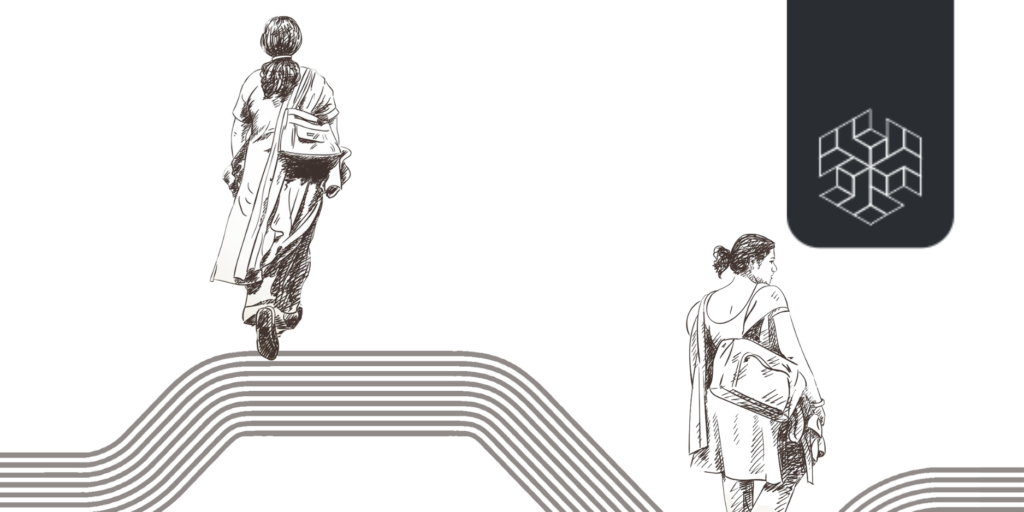Authored by: Jitendra Bisht & Arunav Chetia
ABSTRACT
Over the last couple of decades, the Indian economy has been on a sustained high growth path. This has led to positive economic outcomes for a significant share of the country’s population. However, this period of sustained high growth has seen stagnant job creation and low absorption of labour into the economy, leading to persistent unemployment. This is at a time when more than half of the country’s population is between the working age of 15-59 years, referred to as India’s demographic dividend. While job creation has been plagued by long-standing structural issues, one of the key components of low absorption of labour is the lack of skilled, or what is sometimes called ‘industry-ready’, labour in the country. Skill development schemes have tried to answer this skill gap, but how effective can they be with industrial automation now in the fray? This paper explores the nature of unemployment in India and analyses the performance of skill development schemes in improving employability in the context of automation.
CONTEXT
The Indian economy has been on a sustained high growth path since the early 2000s and is consistently placed among the fastest-growing large economies in the world (IMF 2019; World Bank 2019a; World Economic Forum 2015). One of the key dividends of this growth has been a steady decline in extreme poverty in the country. According to the World Poverty Clock, the share of India’s population living in extreme poverty came down from 6.6% of the total population in January 2016 to 3.3% in January 2019. India is well on track to eradicate extreme poverty before 2030.
However, this high growth path has seemingly not led to a significant decline in unemployment levels. The Periodic Labour Force Survey (PLFS) of the National Statistical Office (NSO) showed that the unemployment rate in the country in 2017-18 was at 5.3% in rural India, and 7.8% in urban India, resulting in an overall unemployment rate of 6.1% (NSO, 2019). Though many in the media and political circles were alarmed at the “45-year high” the unemployment rate had reached as per the report, differing sampling methodologies of past (NSSO and Labour Bureau surveys on Employment-Unemployment) and present reports make it difficult to gauge the intensity of the problem (Jha 2019; The Hindu 2019; Livemint 2019).
Nonetheless, the available data (see figure 1) suggest that unemployment in India has become worse during the high-growth era of the last two decades. As per UNDP’s Asia-Pacific Human Development Report 2016, out of the 300 million individuals that were added to India’s working age population during 1991-2013, the economy could absorb only 140 million (UNDP 2016: 53). The phenomenon of ‘jobless growth’ has become a key characteristic of India’s economy at a time when 62% of the country’s population is between the working age of 15-59 years, and anywhere between 4-12 million people are added to the labour force of the country annually (India Skills Report 2018; Dewan 2018). By 2050, projections show that 280 million more individuals will be added to the working age population (UNDP 2016: 6). This means that, while the rapid economic growth of the last two decades did not translate into adequate job creation, the economy will now have to cater to a much larger job market.



